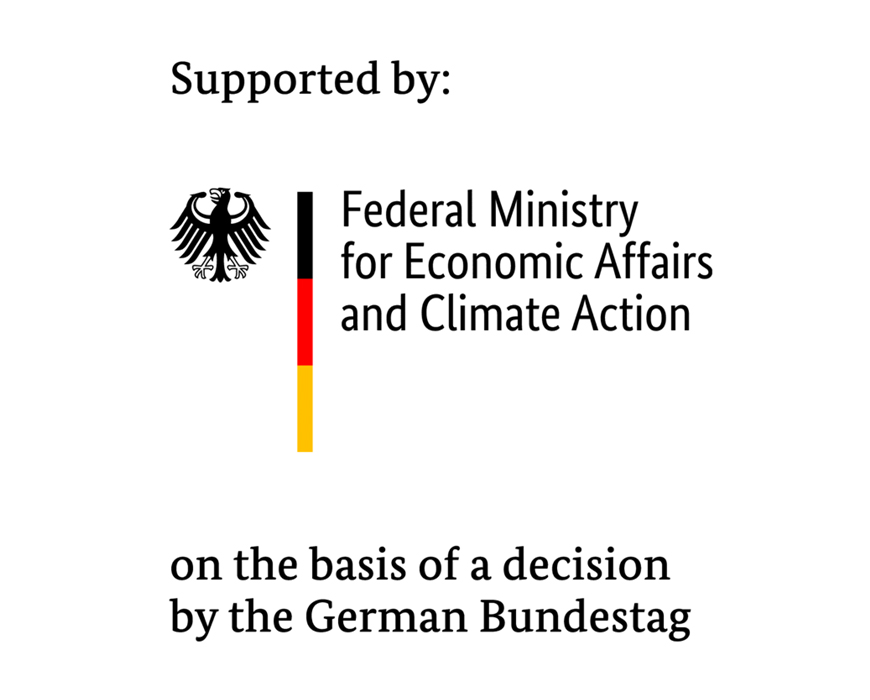| Funding: | German Federal Ministry for Economics Affairs and Energy (BMWi) |
| Partners: | The smart system solution GmbH, Deutsches Zentrum für Luft- und Raumfahrt e.V., Chemnitz University of Technology, Siemens Wind Power GmbH & Co. KG, ALTRAN Deutschland SAS & Co. KG, INVENT GmbH, IBK Innovation GmbH & Co. KG |
| Duration: | 8/2017 – 7/2020 |
Use of actuators in wind power generation is not yet widespread. This project aims to investigate how actuators can be used to improve the flow of air around rotor blades and reduce aerodynamic loads. In doing so, innovative actuating concepts are to be examined and, simultaneously, innovative strategies for the integration of the actuators in rotor blades and the inclusion of additional components (sensors, electronics) explored. The project will also investigate the new rotor blade geometries that are made possible by the use of actuating elements. The potential for optimization applies to both the manufacturing and the operation of the wind turbine.
The manufacturing, use, repair, and reuse of the actuating elements incur additional costs in (almost) all phases of a wind turbine’s life cycle – costs that need to be weighed up. A cost-efficiency analysis across the entire life cycle of a wind turbine with integrated fluid actuators is therefore fundamental for subsequent research activities.
Fraunhofer IWES employs extensive computational flow simulations to investigate how actuators influence the aerodynamics.
